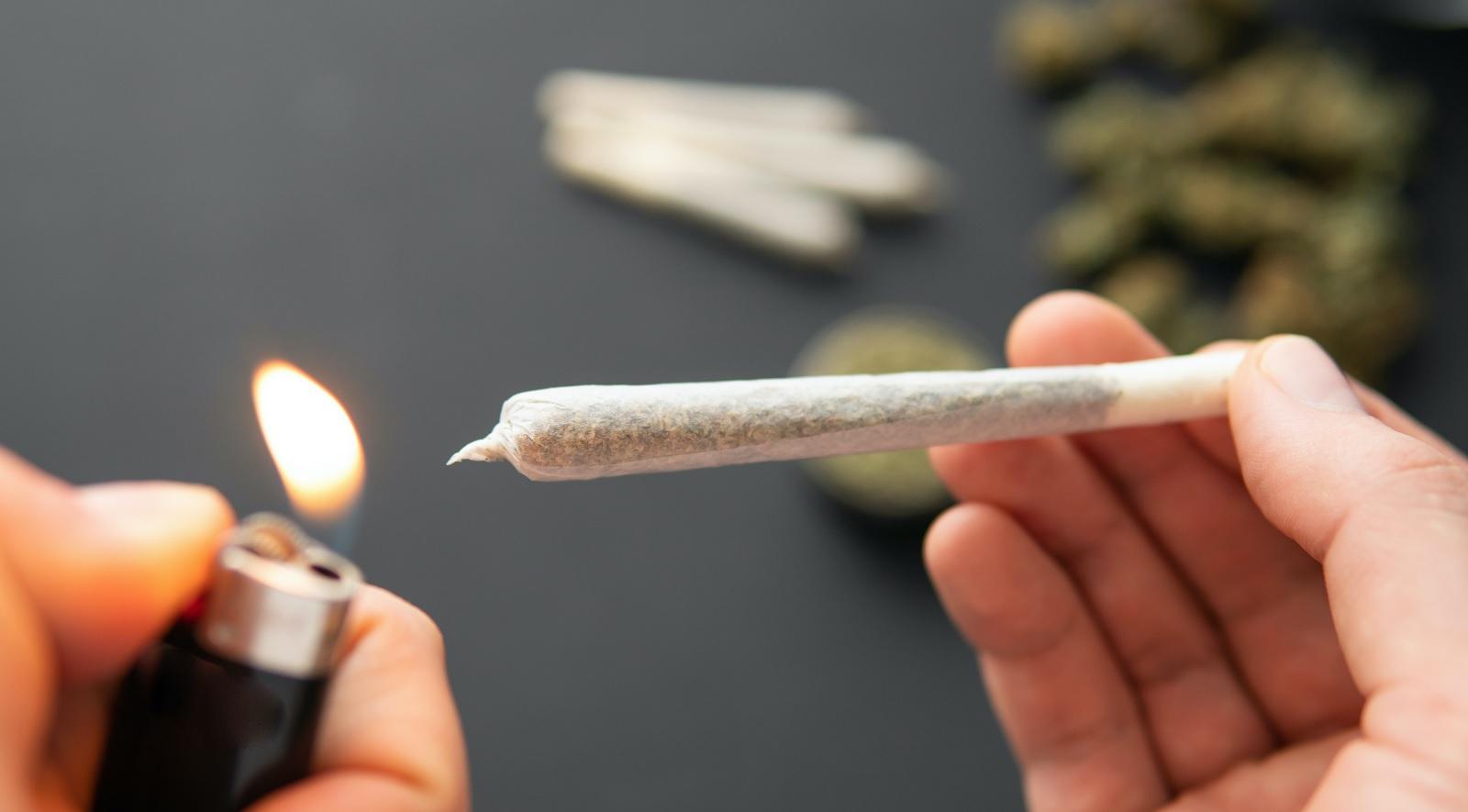A new study reveals a link between marijuana use and lower obesity rates among U.S. adults.

The study, published in the peer reviewed journal Cannabis and Cannabinoid Research and the U.S. National Library of Medicine, was conducted by Brigham Young University researchers.
The study analyzed data from the Behavioral Risk Factor Surveillance System, which surveyed 735,921 U.S. adults between 2016 and 2022. Researchers found that the prevalence of marijuana use among adults nearly doubled during this period, rising from 7.48% to 14.91%. This increase “directly corresponds with a shift toward legalization of medical and recreational marijuana.”
One of the key findings of the study is the inverse relationship between marijuana use and obesity. The study revealed that obese individuals were around 35% less likely to use marijuana compared to their non-obese counterparts. This lower prevalence of marijuana use among obese individuals was consistent across various demographic and health-related factors, including employment status, smoking history, and certain medical conditions.
“Marijuana use is correlated with lower BMI”, states the study. “As legalization and prevalence of the drug in the U.S. increases, the prevalence of obesity may decline.”
The study’s full abstract can be found below:
Abstract
Background and Objective: Research has linked marijuana use with lower body mass index (BMI). The current study explores the correlation between marijuana use on BMI in the general U.S. population. It reports the prevalence of marijuana in adults in relation to BMI, overall and across the levels of important variables.
Materials and Methods: This study used a probability sample of U.S. adults 18 years of age and older from the 2016 through 2022 Behavioral Risk Factor Surveillance System, a telephone-administered survey. The survey collects data from a representative sample regarding health-related risk behaviors, chronic health conditions, and use of preventive services. The primary outcome variables are current (at least once in the last 30 days) and daily (at least 20 of the last 30 days) marijuana use.
Results: The study sample consists of 735,921 participants in the surveys that completed the optional module on marijuana use. Prevalence of marijuana use in adults doubled during the study period (7.48% to 14.91%). The increase directly corresponds with a shift toward legalization of medical and recreational marijuana. On average, the prevalence of use is 9% higher when medical marijuana is legal and 81% higher when recreational marijuana is legal (vs. not legal). For obese individuals, prevalence of current marijuana use is 35% lower than for nonobese individuals on average. Lower prevalence of marijuana use in obese individuals is consistently observed across the levels of certain demographic variables, employment status, tobacco smoking history, marijuana legalization status, and certain medical conditions (asthma, arthritis, and depression). In 2022, the adjusted odds of current or daily marijuana use are significantly lower and similar among obese (vs. non-obese) (0.68, 0.69, respectively), such that reduced obesity does not require daily use. Similarly, the adjusted odds of current marijuana use decrease in similar fashion to daily marijuana use with higher BMI weight classification.
Conclusion: Marijuana use is correlated with lower BMI. As legalization and prevalence of the drug in the U.S. increases, the prevalence of obesity may decline. However, clinicians should view this outcome along with the known health risks associated with marijuana use.







